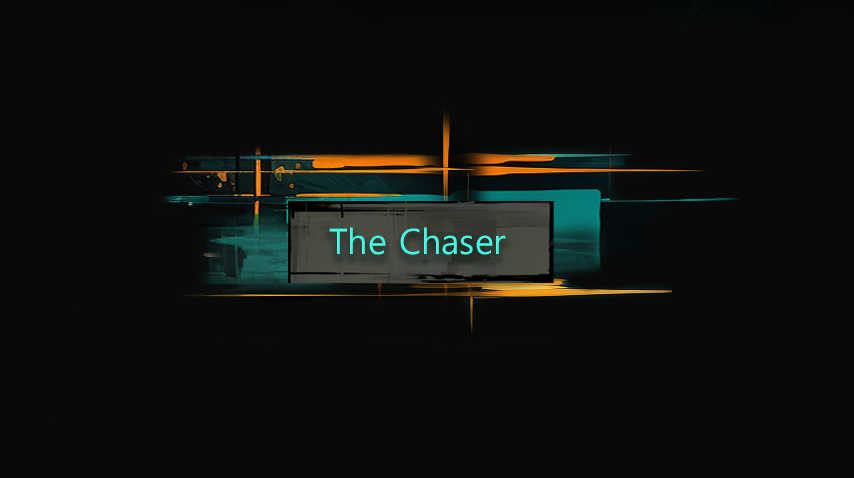The Chaser is a gripping South Korean crime thriller directed by Na Hong-jin, known for its intense storytelling and gritty realism. Released in 2008, the film quickly earned critical acclaim for its bold direction, sharp editing, and unforgettable performances.
At the heart of the story is a former detective turned pimp who begins to notice that several of his girls have mysteriously disappeared. As he follows the trail of clues, what begins as a routine search escalates into a desperate race against time — one that takes him into the darkest corners of human behavior and exposes cracks in the justice system.
Set against the rainy, neon-lit streets of Seoul, the film blends raw tension with emotional depth. Rather than relying on over-the-top action, The Chaser builds suspense through character-driven drama, moral ambiguity, and tightly-wound pacing.
Here are two detailed scenes from “The Chaser” that are relevant to the film and contain no spoilers:The Chaser
Scene 1: The Narrow Alley Chase
Late at night, in a dimly lit Seoul neighborhood, the former detective chases a suspicious man through a maze of narrow alleys. The rain has just stopped, leaving the streets wet and glistening under flickering streetlights. Footsteps echo between brick walls as the chase becomes more frantic — it’s not choreographed like a Hollywood sequence, but raw and chaotic.
Both men are panting, slipping slightly on the pavement, colliding with garbage bins and street furniture. The camera stays close, hand-held, immersing the viewer in the physical exhaustion and desperation of the moment. It’s not just about catching someone — it’s personal, urgent, and emotionally charged.
This scene sets the tone for the entire film: gritty, realistic, and always on edge.
Scene 2: A Quiet Confrontation in a Police Station
In a stark, fluorescent-lit interrogation room, the suspect sits calmly, his expression unreadable. Across the table, the officers are frustrated, tense, but also uncertain. The former detective watches through the glass, his jaw clenched, caught between instinct and legal limitations.
What makes this scene so powerful is the silence — the long pauses, the subtle shifts in facial expression, the unspoken sense that something is deeply wrong. There’s no outburst, no dramatic confession, just a quiet unease that builds until it’s almost unbearable.
This moment captures The Chaser’s underlying theme: the terrifying normalcy of evil and the failure of systems to recognize it in time.

